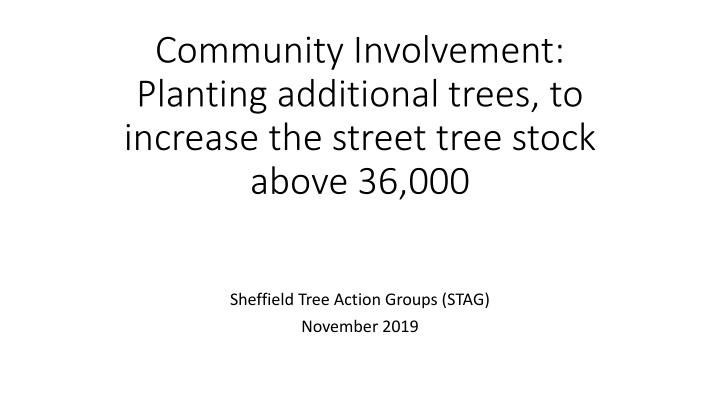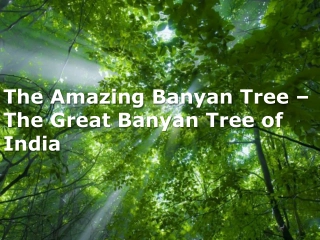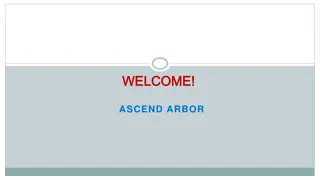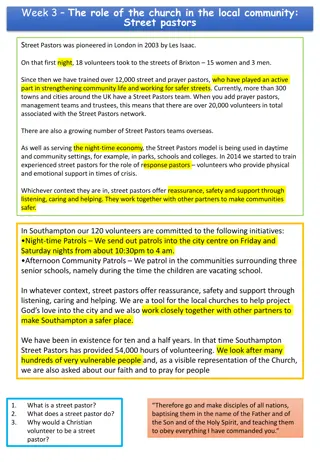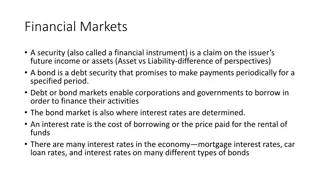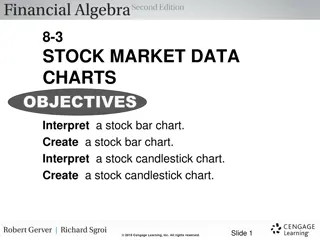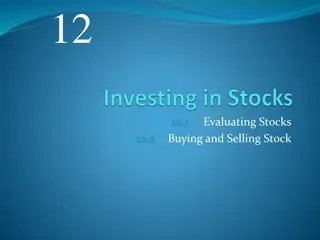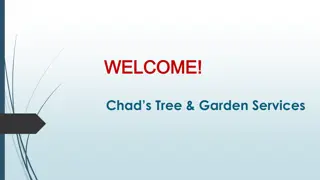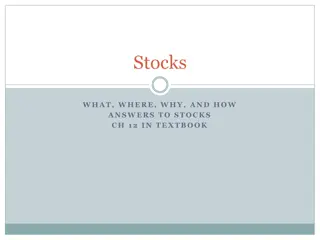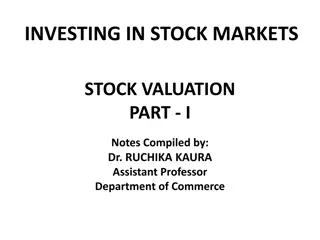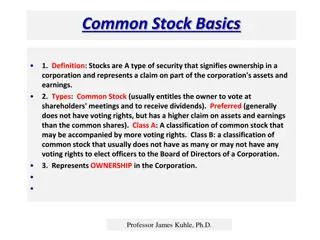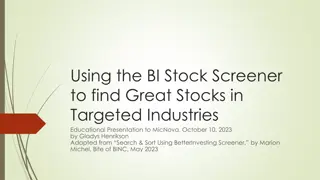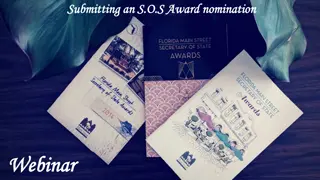Community Involvement in Increasing Street Tree Stock
Planting additional trees to increase the street tree stock above 36,000 was a community effort led by Sheffield Tree Action Groups (STAG) in November 2019. Despite initial challenges and hurdles faced by Sheffield Council in increasing street tree numbers, progress has been made towards considering community involvement and support for tree planting initiatives, drawing insights from how London Councils manage their street tree stock without PFI contracts. This includes residents and community groups working together to contribute towards tree planting and maintenance efforts.
Download Presentation

Please find below an Image/Link to download the presentation.
The content on the website is provided AS IS for your information and personal use only. It may not be sold, licensed, or shared on other websites without obtaining consent from the author.If you encounter any issues during the download, it is possible that the publisher has removed the file from their server.
You are allowed to download the files provided on this website for personal or commercial use, subject to the condition that they are used lawfully. All files are the property of their respective owners.
The content on the website is provided AS IS for your information and personal use only. It may not be sold, licensed, or shared on other websites without obtaining consent from the author.
E N D
Presentation Transcript
Community Involvement: Planting additional trees, to increase the street tree stock above 36,000 Sheffield Tree Action Groups (STAG) November 2019
The current position I approached Paul Billington in summer 2018, as relationships were thawing, about the possibility of using some of the leftover STAG funds to pay for additional street trees, to increase Sheffield s street tree stock. Even though we had begun working collaboratively, to release previously redacted contract documents, and to establish the beginnings of the STAG/SCC/Amey talks, he was incredulous. He said: SCC were simply not in that mindset to increase street tree numbers It had never been considered and there was no process to do so He could not imagine SCC ever increasing street tree numbers given their high maintenance costs and the ever decreasing Council budget
The current position (continued) I did some more research. I asked two London Council s about how they were increasing their tree stock, and again brought this information to Paul Billington. What was clear from his answers was that: The PFI contract obligation of ensuring highways maintenance costs were lower in 2037 (when the contract ends), compared to 2012 (when it began), was a big blocker The Council simply did not have cost information so as to be able to estimate the average cost per year of maintaining the average street tree The Council placed zero ( 0) asset value on street trees So even if the maintenance costs were low, and someone else paid these costs, the cost benefit decision would still be negative In other words, there was no chance of ever introducing a process to allow individuals or community groups or charities to help Sheffield Council increase its street tree stock Things have moved on slightly since then, and I think SCC are now willing to at least discuss and consider the possibility. But I think these first two slides already highlight the potential hurdles we face.
How two London Councils do it (High Level) Firstly, there is no PFI contract. The London Councils are in full control of their own streets and the maintenance of them Secondly, they value street trees. They understand the evidence base about amenity value and the ecosystem services they provide (water interception, pollution, heat island dissipation etc), and have goals to increase street tree numbers Consequently, they do all they can to support community effort to meet that shared goal. This includes: Allowing individual homeowners to buy the planting of a street tree outside their house Allowing community groups to work with them to also buy more street trees, with wider community approval, as well as harnessing their volunteers to support their maintenance
How two London Councils do it (The detail) Residents and community groups are charged 250 per tree planted in an existing (unused) tree pit This price of 250 covers: The fact that the Councils receive the trees themselves for free, from organisations such as Trees for Cities The fact that initial early years maintenance (watering and weeding) is done by a community group of volunteers, and so again is free That most of the tree planting itself (labour costs and delivery) is done by the community group The aggregated average annual maintenance costs for the rest of the trees life Given that the first three bullets come out at zero cost to the Council, it suggests that if they anticipate the average tree to live to 100 years old, they are estimating the average annual cost, taking into account inflation, at 2.50 a year When I challenged this seemingly low annual cost, I was told: There are minimal maintenance costs in the first 30 to 50 years for the average tree, apart from leaf sweeping Even in later life, the costs are, on average quite low (minor pruning every 10 or so years, pavement repairs every 15 to 20 years) The way inflation works, the value of 250 paid to the Council today, into its bank account, more than covers future costs (If Council achieves a 5% investment return and inflation is 2.5%, it makes a profit of roughly 30,000 per tree) They value the tree as an asset, for the services it provides, which also needs to be factored into the financial equation
What does this mean for Sheffield? Most importantly it can be done Requires: Street trees to genuinely be valued as an asset, with the benefits they provide also given a value An understanding of Finance: How future aggregated costs should be discounted to give a single cost value, paid today, to cover those future costs How SCC can actually profit from planting more street trees 1000 additional street trees means 250,000 in up front monetary receipts, and up to 30 million profit in 100 years time, even ignoring the ecosystem services provided by trees Collaborative working with community groups and charities to minimise the cost of planting and initial early years maintenance Hurdles: SCC still struggle to properly see the value of street trees CAVAT being a notional value October 2019 The average person doesn t understand the Finance equation I showed on my previous slide does SCC have the Council Officer expertise to be able to, and then to be able to explain in layman's terms, to convince both senior managers and Councillors that it makes financial sense? SCC struggle, more than most Councils, to work with community groups, or to listen to external advice/expertise The numbers I presented in the previous slide were for an existing (empty) tree pit. I imagine that the cost of digging a new tree pit will be higher but we need those costs too Amey resurfacing work over the last 7 years has tarmacked over and hidden most of Sheffield s empty tree pits
What does STAG want? Regardless of the complexities, we want the published Street Tree Strategy to include: A clear published process that individuals and community groups can use to add extra street trees to Sheffield s street tree stock, increasing it to well above 36,000 A published reasonable cost price that can be paid to SCC per additional tree, to cover the future maintenance costs, both for: Trees planted in empty tree pits Trees planted into newly dug tree pits Collaborative working, to: Ensure SCC to hold Amey to account for its contract obligations to care properly for newly planted trees over the next 18 years Make sure there are arrangements to allow community groups to take over the early years care, when the PFI contract ends
